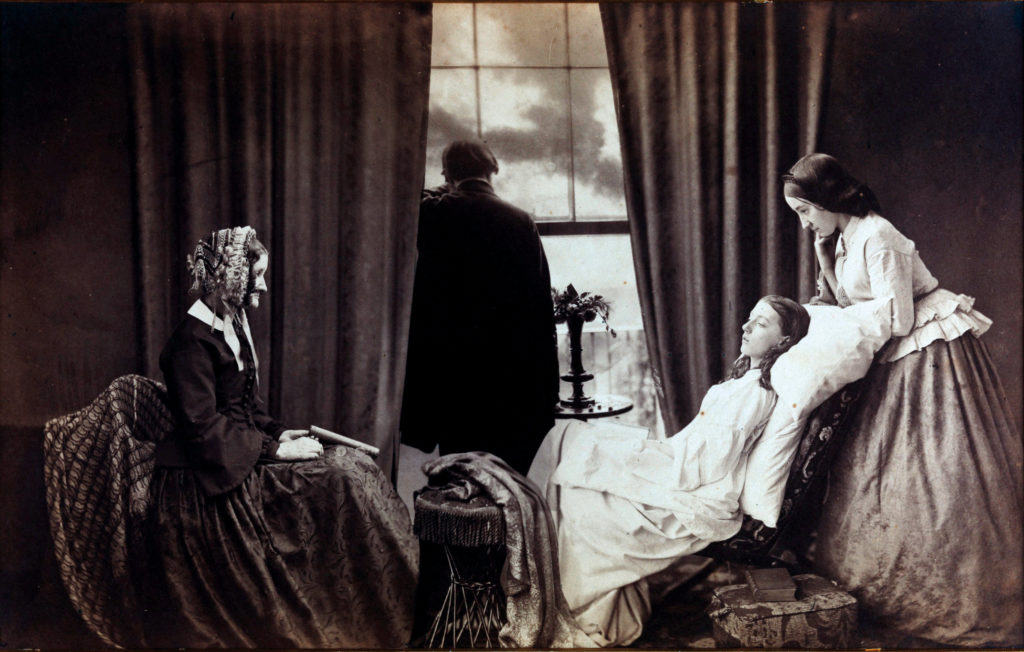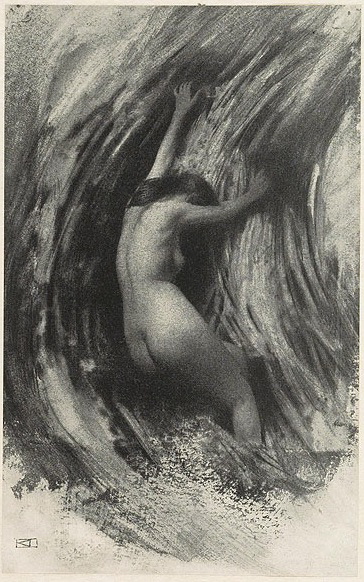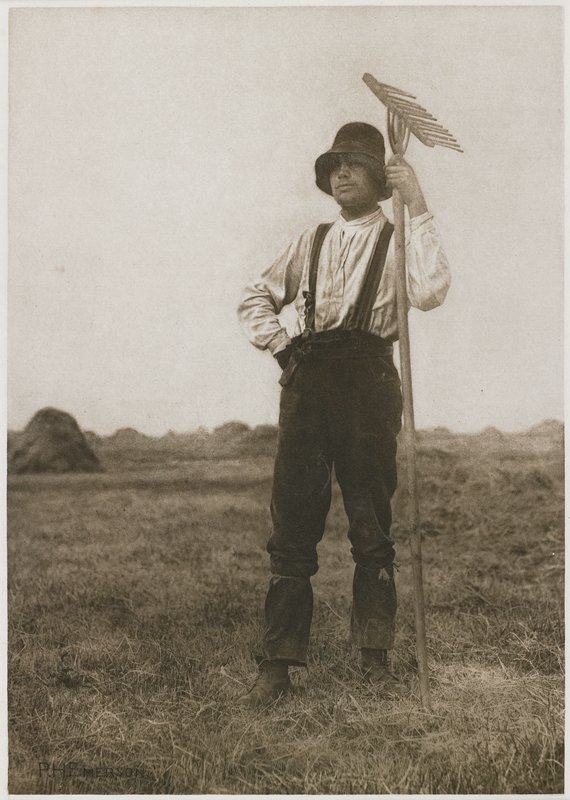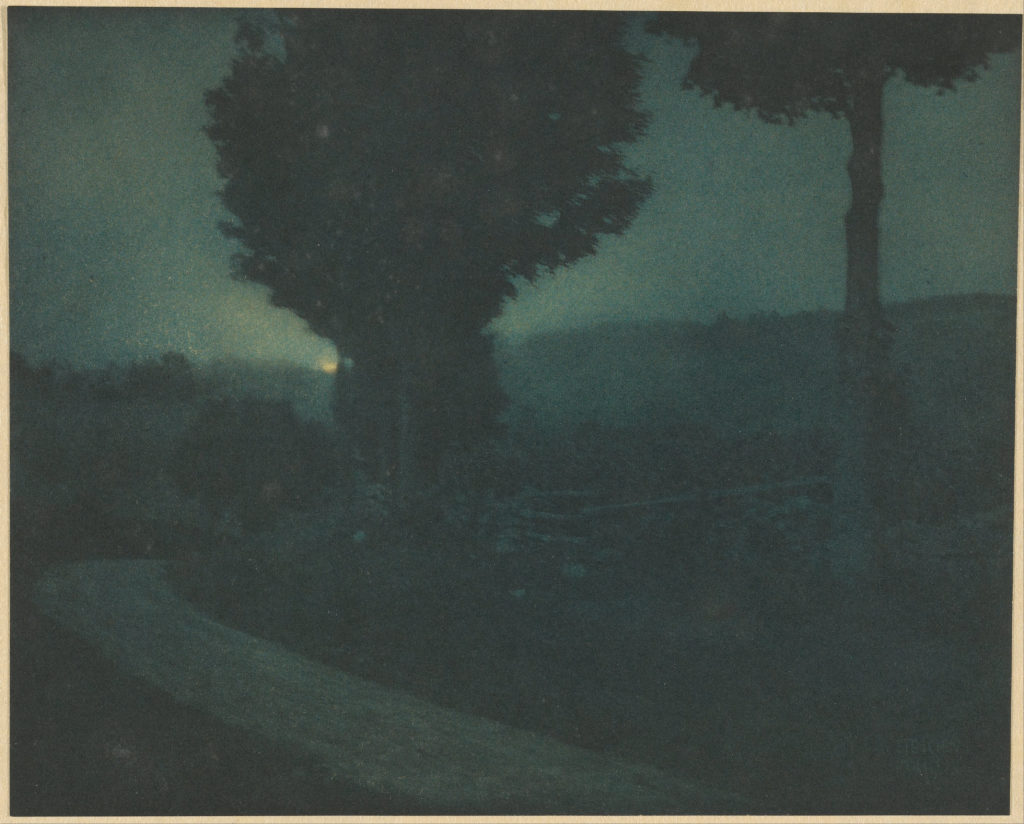Impressionist Camera
The volume Impressionist Camera – Pictorial Photography in Europe 1888-1918 is the catalogue of the exhibition on pictorial photography held in 2006 at the Saint Louis Art Museum, organised in collaboration with the Musée des Beaux-Arts in Rennes. Spanning 344 pages, it provides a comprehensive overview of the various ways in which Pictorialism was expressed across different European countries before extending and further developing in America. It is not a monograph but a collection of articles written by scholars and historians of photography, accompanied by numerous high-quality images.

Pictorialism emerged in this context as a reaction to the vast number of predominantly documentary images produced by countless amateur photographers.
Pictorialists regarded photography not merely as a tool for documenting reality but also as a new means of interpreting it. They sought to have photography recognised as an art form, equal to the graphic arts, and this ambition drove them to emulate pictorial artworks through photography.
However, the aspiration to elevate photography to an artistic means of expression did not originate with the Pictorialist movement. Thirty years earlier, other photographers were already creating allegorical works using the so-called combination printing technique, which involved overlaying multiple negatives. Initially used in landscape photography to capture a wider tonal range, this technique reached its peak with Oscar Gustave Rejlander (1813-1875) and Henry Peach Robinson (1830-1901). Their images were the result of meticulous preparation, requiring preliminary sketches and multiple exposures that were later recombined through a painstaking process of layering negatives. Producing the final image could take weeks or even months.


There was no single event that definitively marked the birth of Pictorialism, nor was there ever a manifesto outlining its principles and intentions. The movement arose spontaneously within amateur photographic circles and societies across different European countries, displaying highly diverse styles and characteristics.
One of the techniques commonly adopted by Pictorialists was the deliberate use of soft focus, giving images a slightly poetic quality. This approach was often accompanied by printing methods that allowed manipulation of the final image, as can be seen in the works of Robert Demachy (1859-1936) and Constant Puyo (1857-1933).











Although the United States had pioneered the technological innovations that enabled the rise of amateur photography—and, consequently, Pictorialism—the movement did not develop independently in America but was instead “imported” from Europe. This was largely due to the influence of the Circle of Photo-Secessionists, which included Gertrude Käsebier (1852-1934), Edward Steichen (1879-1973), Alfred Stieglitz (1864-1946), and Clarence White (1871-1925). Stieglitz also managed the 291 gallery on New York’s Fifth Avenue, where he exhibited the works of Pictorialists (and later hosted the first American exhibitions of Matisse and Picasso). More importantly, he published Camera Work, a high-quality magazine that significantly contributed to the dissemination of Pictorialism in the United States.




In conclusion, Impressionist Camera is an important work for those wishing to learn about and explore a pivotal era in the history of photography, one that left behind particularly beautiful images. Even though Pictorialism was eventually superseded by Straight Photography, the aesthetic motivations behind it inspired later artistic trends that continued to emerge throughout the following decades and can still be seen in contemporary photography, echoing the characteristics of Pictorialism.
References
- https://archive.org/details/pictorialeffecti00robi, Henry Peach Robinson, Pictorial Effects in Photography[↩]
- https://archive.org/details/naturalisticphot00emer/mode/2up, Peter Henry Emerson, Naturalistic photography for students of the art[↩]